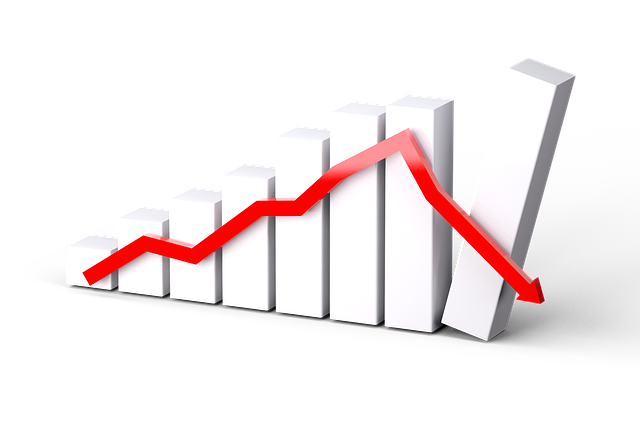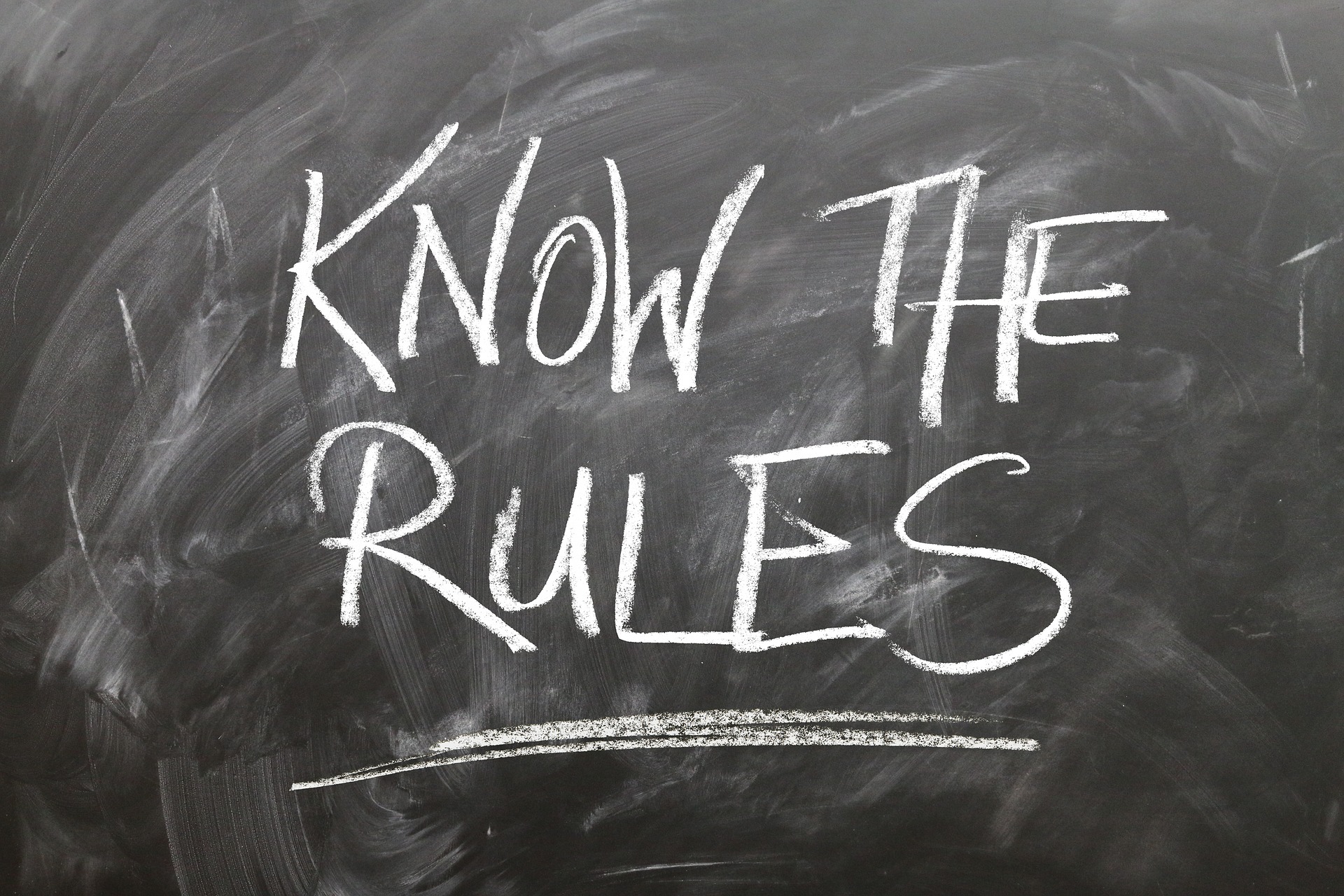This course aims to ensure that you get an understanding of market volatility, how volatility is measured, and how to apply these measurements to your trading to find more profitable trade entries and ensure more successful trading with volatility trading. The course ends with a complete and rule-based volatility trading strategy.
This lesson fully answers the question “what is volatility?”, which is important as there are two major meanings of the term, and it is important not to apply the wrong definition in your trading. The lesson continues by explaining why measuring volatility, the quantity of the price movement, is just as important in trading as measuring the direction of price movement. Happily, volatility is easy to understand and to measure.
Start this Lesson ›
So, once you understand market volatility and why it is important to measure it, how do you know what to do with these measurements and apply them to your trading? Instead of looking at the causes of volatility, we look at its consequences, and outline three probabilistic rules which leading data scientists have observed in large-scale volatility studies of market prices and other similar data sets. Once you understand these three rules of volatility, you can use volatility to find higher-probability trade entries and become a more sophisticated and profitable trader.
Start this Lesson ›
Now you are ready to measure volatility, what tools can you use to do this? Which tool should you use to do this? This lesson looks at the handful of most popular, useful and suitable volatility indicators which are commonly available for free on almost every trading platform: Average True Range (ATR), Bollinger Bands, the Donchian Channel, and Linear Regression Analysis. We conclude that the ATR indicator is the most useful for measuring volatility.
Start this Lesson ›
Having arrived at the final lesson in our Volatility course, you should now understand what the useful type of volatility is to traders, how to measure it, and what probabilistic conclusions should be drawn after volatility has been observed to be relatively high or low. To give you some direct practical experience in becoming a volatility trader and moving towards more successful trading with volatility, we provide a complete rules-based volatility trading strategy in full detail here.
Start this Lesson ›

We hope you found our site useful and we look forward to helping you again soon!